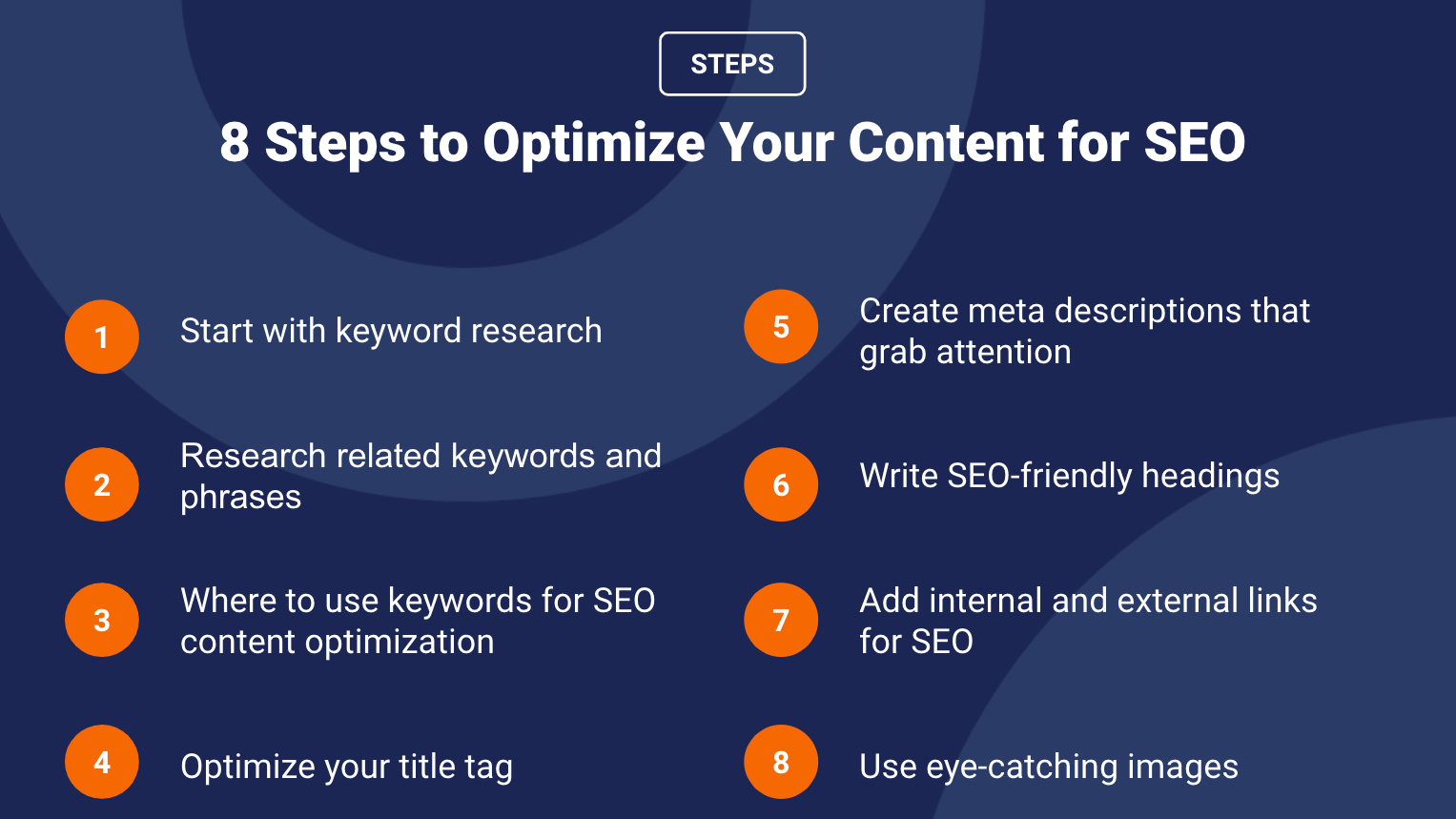Easy SEO Strategies to Help You Shine on the Website
Half the battle is fought, but the real struggle begins when you want them to find it. Among all those basic techniques, SEO or search engine optimization is the mechanism of shifting your website a few notches higher in browse machines like Google and letting all potential visitors easily find your content. Even though search engine optimization is a beast, there are pretty simple and effective techniques one can apply to enhance the ranking of his or her website. Here are some easy Search Engine techniques you’ll learn from this blog which will increase your site’s visibility and drive organic traffic.
1. Keyword Optimization in Content

Keywords form the backbone of Search Engine Optimization. Keywords are those words or phrases one types into the search engine when he is seeking something. Now pay attention to the keywords regarding your niche so you know where they appear naturally on your web content and your pages. One can find a keyword with many scans with low competition with Google Keyword Planner and Ubersuggest. Once you have your keyword, apply it on key points on your title of pages, meta description, headings, and wherever else in the body content. Never fill so much with keywords since this hurts your rankings very badly.
2. Quality Content
Real authenticity comes through the fact that content is still the king of SEO because search engines rank sites that provide more value and information to their users and hold the audience. This means you’re always adding new things to your website: blog and tutorials or maybe guides on how to do something so that the search engines can constantly update what’s going on on your site. Perhaps you wanted to be able to hone your thinking so it converges toward creating quality relevant content that is going to answer questions your audience asks, solve some problem in their lives, or otherwise help with some kind of pain they may have. Better content keeps users on your site much longer, decreases the bounce rate, and gets people to share pages which would improve ranks.
3. Optimization of Page Load Speed
A fast enough site is required to support the benefits of both UX as well as SEO, as a slow site raises the ire of visitors and boosts up the prospects of high bounce rates that can have disastrous effects on ranks. Optimization also forms one of the major things to learn to help make your website faster as well as turn out to be a ranking signal in Google. You’ll see modules that need improvement to make faster: you’ll find how you can make your website faster by compressing images, improving the response time of the server, or letting browser caching via tools of Google PageSpeed Insights.
4. Optimization of Mobile Gadgets

Internet utilization of mobile gadgets is much wider today; so, a mobile-friendly website is a must-have for search engine optimization. They do mobile-first indexing; in other words, most of the time the search giant will rely on the mobile version for ranking processes. You need to be optimized for mobile using a responsive design; it automatically changes the structure for each screen size. Mobile-friendly is a friendly website that will give your visitors a smooth experience and a lower bounce rate, and it will rank well in browse rankings.
5. To Internal and External Pages Link
Links, as you must know are important for search engine optimization. In addition, they associate your internal as well as your external links which would help boost your ranks. Internal links connect different pages which makes it relatively easy for the visitor to move around. These internal links make it relatively easy for Google to understand the structure of your site. The backlinks or external links connect other sites to your content. These are the methods through which one will earn popularity as well as authority on a specific site, especially if they are in terms of high-quality relevant backlinks. You can easily get backlinks by contacting other sites for guest posting and collaboration purposes.
6. Meta Tag Optimization
Meta tags come within the onsite SEO parts, some of which include title tags and meta descriptions.
Title Tag:
This will be what is shown on the Google result and gives an impression of what subject your page deals with while embedding the main keyword.
Meta Description:
This would be an overview of the contents of your page, appearing below the title on a Google result. It should be interesting and informative with keywords relevant to your page. All such elements should be optimized in such a way that Google starts understanding your content in a better manner, and at the same time send the users to click on your links, too.
7. Image Optimization
Pictures add much-needed oomph to user experience and a much-needed lift to SEO if done right. Use descriptive names on pictures, include relevant keywords in the “alt text,” and compress images to compress file sizes. Alt text lets google “see” an image and understand its context and helps rank in more image query results. Compressed images improve page load speeds discussed above in this post.
8. Configuration Friendly URL Structure
Your website URL structure is one concept of SEO. This will help the query engine along with users know what the page’s content is. Use quite very long and complicated URLs, not containing any random numbers or special characters.
9. Sitemap Submission to the Search Engines
A Sitemap simply put is a file that lists information about pages available on the site, which makes it easier for a query engine to crawl. As a result, submission of the file into the pursue brings along with it ease of getting your pages indexed as compared to how it is now especially bigger websites or newly launched ones. Most site builders, WordPress or Wix, will auto-create a sitemap for you. Otherwise, you can work with equivalents like XML Sitemap Generator if you like to create your sitemap yourself.
10. Analysis of Your Performance
You now want to track your performance so you can tell what is working and what isn’t when you have applied these SEO techniques. As seen above, you have tools at your disposal that you could tap the help of Google Analytics and Google Search Console to give much more detailed insights about what’s happening with traffic and user behavior on your website yet more so on how your keywords are doing. The repeated chance of being able to view your performance in SEO makes you make more informed decisions and has the potential to tweak strategies toward a better result.
Conclusion
SEO need not be so complicated. Pick any one of the above easy yet actionable tactics that may boost the rank of your website. Keep focusing on keyword optimization, speed improvement, good mobile-friendly user experience, acquisition of quality backlinks, etc. It’s not a one-time activity and forgets; only keep on becoming patient and consistent, while keeping track of your performance quite closely. It leads to more possible chances of achieving success and prolonging it, giving as much time and energy as possible